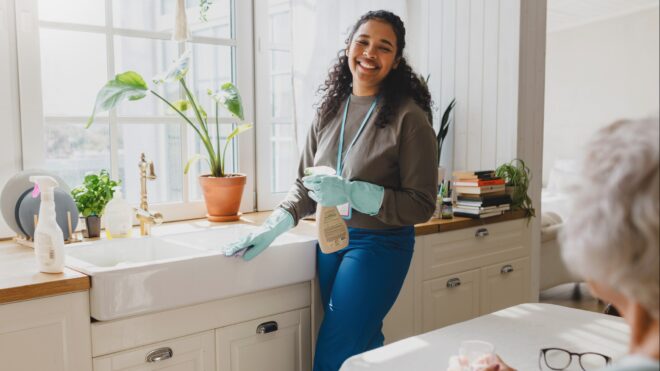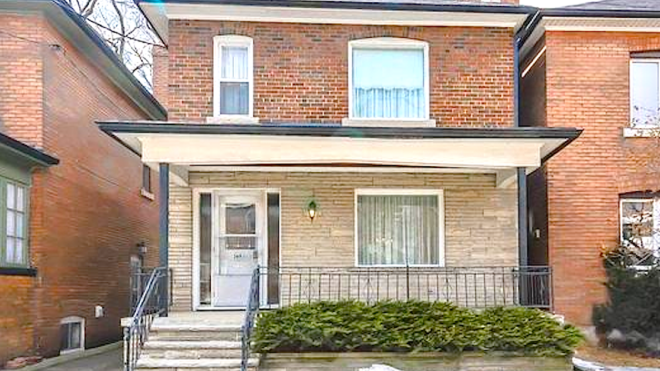Carbon monoxide — otherwise known as the silent killer — can be a threat to yourself or your family, and you may not even know that it is there.
According to WebMD, "Carbon monoxide poisoning can occur suddenly or over a long period of time. Breathing low levels of carbon monoxide over a long period can cause severe heart problems and brain damage."
But if this gas is so "silent" and difficult to detect, what can we do to protect ourselves?
Fortunately, just as there are easily recognizable signs of diabetes, there are some very clear physical symptoms that will let you know that your home is leaking this odorless, colorless gas.
Scroll through this exclusive list below to see just how your body could be telling you there is a carbon monoxide problem. Then, keep scrolling for several tips on how to prevent a leak in the first place.
When it comes to my health, I always like to err on the side of safety. This is some of the most important information I've read in years!
Have you ever experienced a carbon monoxide leak before? Do you have any other tips for detecting or preventing a leak? Let us know in the comments.
What To Do If You Suspect Carbon Monoxide?
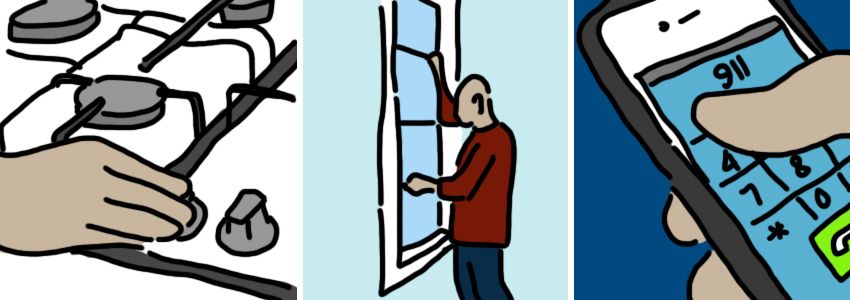
As soon as you detect that there is carbon monoxide in your home, it is crucial that you take these three steps as quickly as possible:
- Turn off the source. If you aren’t sure where it is coming from, skip to step 2.
- Get to fresh air.
- Call 911.
Knowing what to do in this emergency is important, but how do you know when you have been exposed?
Scroll through below for six symptoms of carbon monoxide poisoning. Then, keep scrolling for five simple home prevention tips!
Symptoms Of Carbon Monoxide Poisoning Symptom #1: Shortness Of Breath

Difficulty breathing or shortness of breath should always be taken seriously, and requires immediate medical attention.
But according to the Mayo Clinic, unexplained shortness of breath, especially if it is experienced by several members of the household, can be a symptom of carbon monoxide poisoning.
Observing this serious symptom can help you to catch a leak early.
Symptom #2: Lethargy

Everyone gets tired from time to time, but longterm lethargy without a cause may indicate that there is a gas leak in your home.
WebMD lists lethargy, drowsiness, and general physical weakness as major signs that something could be wrong.
It is important to pay attention if this unexplained exhaustion comes in conjunction with other poisoning symptoms. If it does, remove yourself from the area and see a doctor right away.
Symptom #3: Confusion

The Centers for Disease Control and Prevention lists confusion as one of "the most common symptoms of [carbon monoxide] poisoning."
While the term "confusion" may mean different things to different people, only you know if you are feeling off or different than normal.
If you are experiencing unexplained confusion, or notice that members of your household are, be sure to get out of the house right away. If you feel better in fresh air, this can be a large indication that you have a home leak.
Symptom #4: Headaches

Headaches are common occurrences for many people, but if you only seem to get them when you are at home, this could be an indication that you have a carbon monoxide problem.
According to the Mayo Clinic, many who suffer from this specific type of poisoning will report a "dull headache." Because of the potential for long-term, irreversible brain damage, it is vital that you seek help if you suspect your headaches are coming from this deadly gas.
Symptom #5: Nausea

The Health Department of New York reports nausea as one of the main symptoms of carbon monoxide poisoning.
It is true that there can be quite a few reasons why you may be feeling nauseous. But if it occurs in conjunction with the other symptoms, or if you notice others in your home with the same nausea, it may be a strong sign of a leak.
Carbon monoxide tends to create all types of flu-like symptoms, so be sure to closely monitor how you are feeling.
Symptom #6: Blurry Vision

If you are experiencing blurry vision, it may be the result of carbon monoxide exposure.
WebMD reports that vision problems are one of the later, more advanced symptoms that occur when "carbon monoxide builds up in your blood."
Hopefully, you will never reach this symptom from a leak, as it generally shows up in more severe cases. However, if you do, be sure to remove yourself from the home and seek medical attention right away.
Ways To Prevent Carbon Monoxide Poisoning Tip #1: Maintain Your Carbon Monoxide Detector
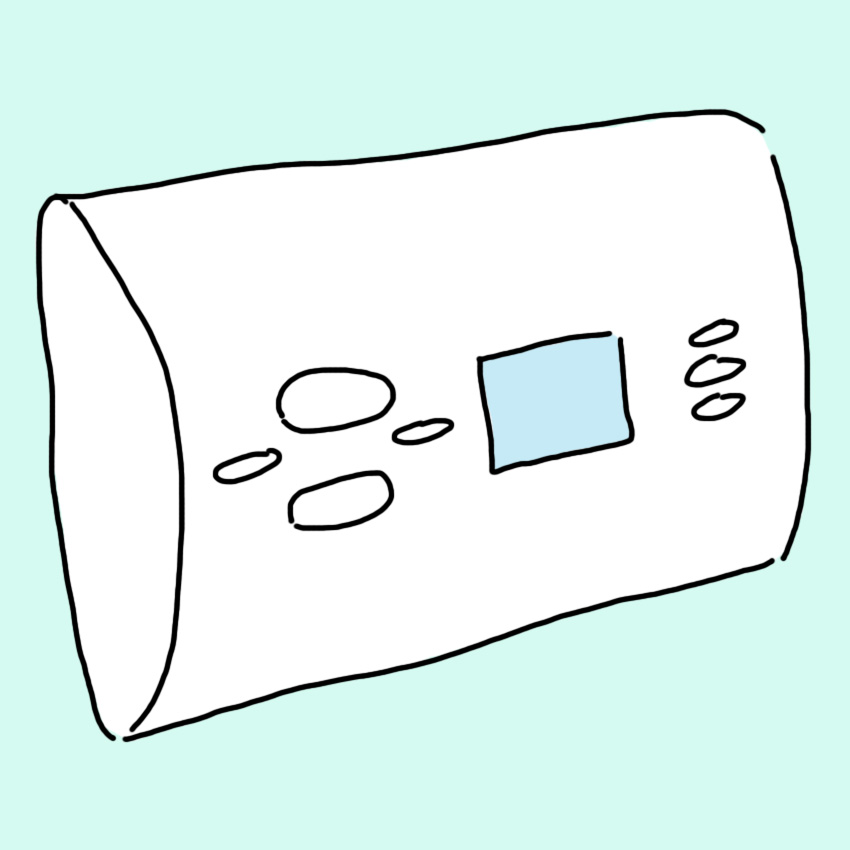
Though nothing is 100 percent foolproof, having a properly maintained carbon monoxide detector in your home is a good place to start.
Allstate writes, "You need to regularly test your carbon monoxide alarm to ensure that it's working… As a rule of thumb, it's a good idea to test your alarm once a month, whether it's battery-powered or hardwired."
They continue, "You should change your batteries at least every six months. Even hardwired alarms usually have backup batteries."
Tip #2: Know Where It Comes From
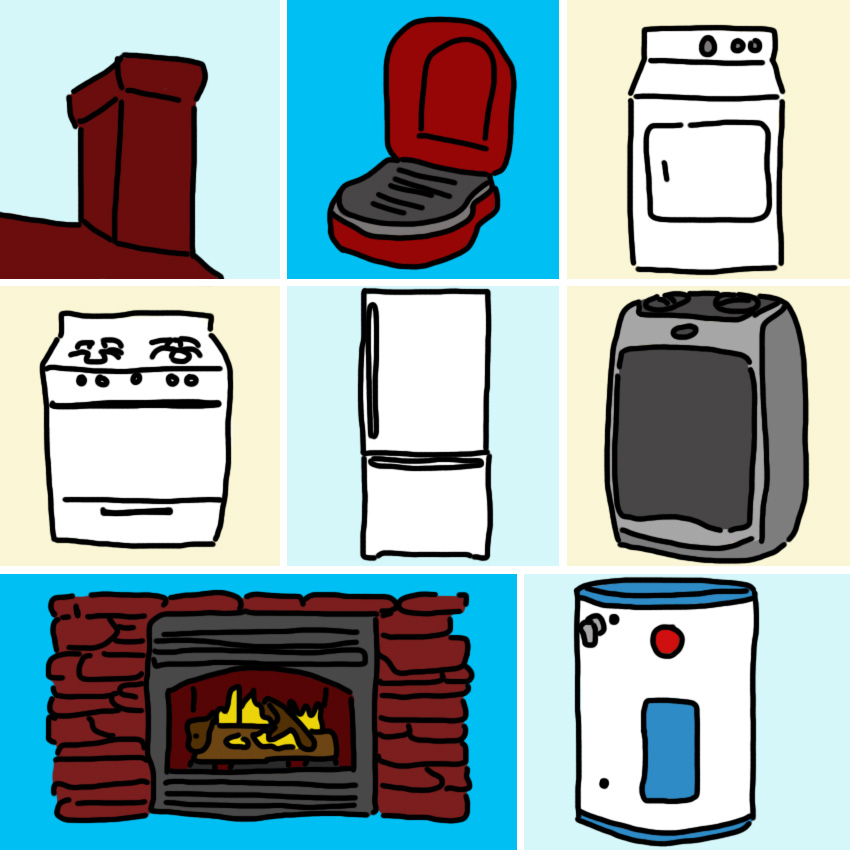
One of the best ways to prevent a longterm carbon monoxide leak is by paying attention to potential sources.
There are several places in the home that can produce carbon monoxide: a chimney, a portable barbecue or grill, a clothes dryer, a gas stove, a refrigerator, a portable heater, a fireplace, and a water heater.
Pacific Gas and Electric Company says to be on the lookout for "a distinctive, sulfur-like, rotten egg odor [or] hissing, whistling or roaring sounds" coming from any potential sources.
Though these are not the only signs, catching a problem early can make the difference between life and death.
Tip #3: Check For Dew Or Excess Humidity
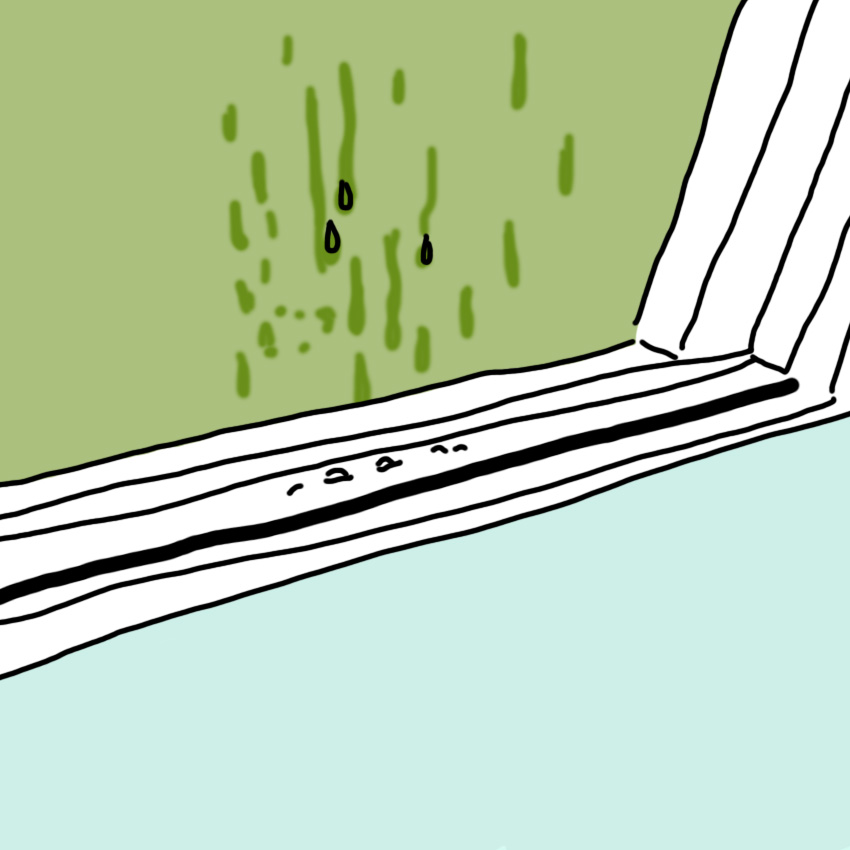
Performing regular checks for dew or excess humidity can help you to prevent a severe leak from taking hold of your home.
According to Black Hills Energy, you should look for "excessive humidity such as heavily frosted windows… [and] excessive moisture on windows and walls."
Spotting these signs early can help stop a major leak before it becomes life-threatening.
Tip #4: Open The Flue
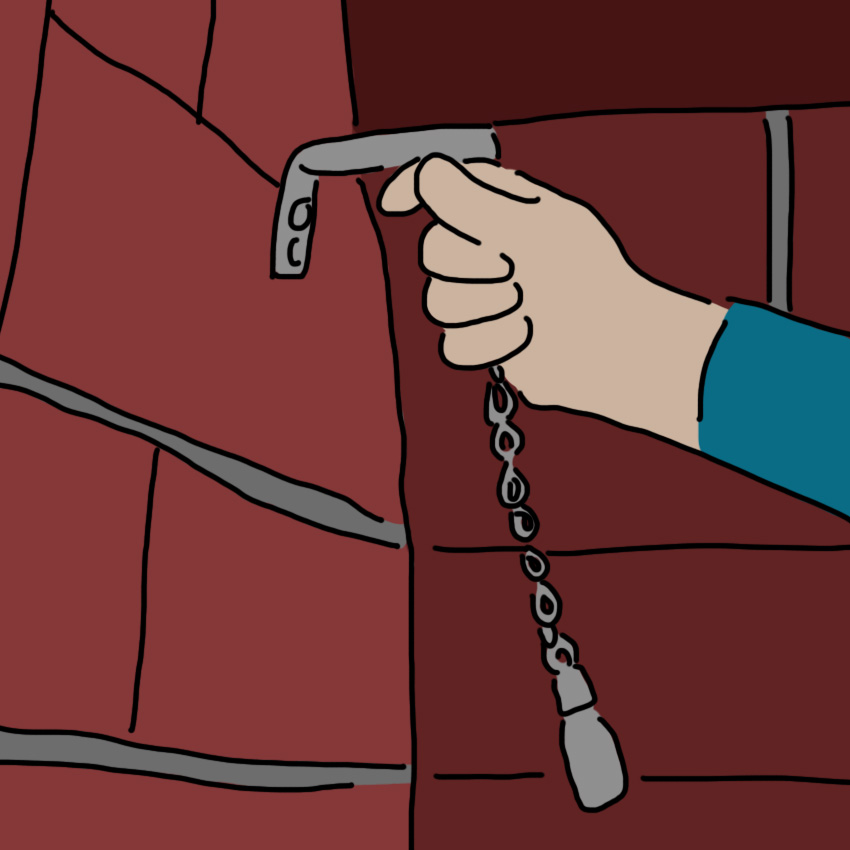
One major source of potential carbon monoxide is the fireplace.
Travelers.com writes, "If you have a wood-burning fireplace or stove, make sure you keep it clean and that the flue is working properly. Even if the last embers are just smoldering, keep that flue open to let the gases escape."
This preventative measure can be extremely effective in keeping a problem from developing.
Tip #5: Turn Off The Car

According to WebMD, carbon monoxide will be produced when "cars, trucks, or other engines are left running in enclosed spaces, such as garages."
This is why it is vital to always turn off your car anytime it is in the garage. Even if you leave the door open or think it will only be running for a few minutes, dangerous fumes can build up quickly.
Make sure your car is off the second you pull in, and don't turn it on until right before you pull out.
Knowing the symptoms of carbon monoxide poisoning, what to do in case of a leak, and how to prevent a serious leak in the first place can be the difference between life and death.
Again, if you think you have a leak in your home, make sure to turn off the source, get to fresh air, and call 911 right away.
Have you ever experienced a carbon monoxide leak before? Do you have any other tips for detecting or preventing a leak? Let us know in the comments.
Please SHARE this vital, lifesaving information with friends and family!


